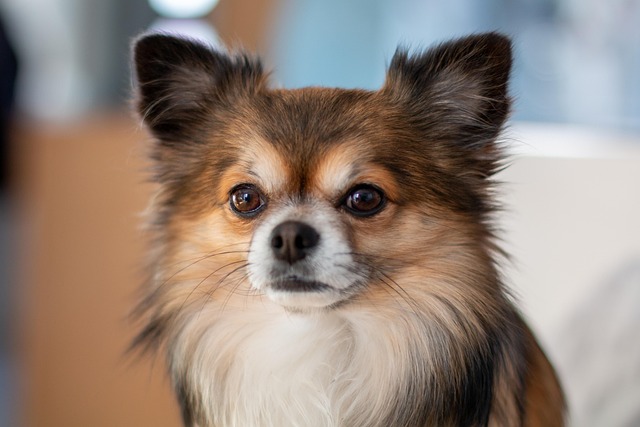
How do i train my dog to be obedient?
Watching your dog dart across the park ignoring your calls isn’t just frustrating—it can put them at risk near busy streets or public spaces.
Are dental sticks really good for dogs' teeth? Let’s say you’re wandering the pet aisle in a Florida Walmart, holding a pack of “fresh breath dental sticks” and your 18-month-old Shih Tzu, Momo, in a carrier. The label promises “reduces plaque in 30 days,” but you pause—are these just fancy treats, or do they actually work? For new dog owners in the U.S., this question pops up every time you restock chews. The answer? It depends on the stick—and how you use it.
Dental sticks work by combining two key elements: texture and time. The best ones have a slightly rough surface that rubs against teeth as your dog chews, scraping off soft plaque before it hardens into tartar. Think of it like a loofah for their mouth—gentle friction does the heavy lifting. But not all sticks are created equal. Those that crumble quickly (looking at you, overly soft “treat sticks”) barely touch the back molars, where plaque hides most. Meanwhile, sticks with the VOHC (Veterinary Oral Health Council) seal—you’ll see it on the package—are tested to actually reduce plaque and tartar by at least 20%. Momo’s breath might smell better with any stick, but only the VOHC-approved ones back up the “clean teeth” claim.
So, how to pick the right one? Start with the seal—if it doesn’t say VOHC, it’s probably just a snack. Next, match the stick to your dog’s size: a Chihuahua needs a tiny stick, while a Lab needs something longer to reach back teeth. Watch Momo chew the first time—if she gobbles it in 30 seconds, it’s too small. The goal is 5-10 minutes of slow gnawing. If she’s hesitant, rub a little peanut butter on one end (no xylitol!) and praise like she’s acing a test: “Good girl, Momo! Chew that up!” Positive reinforcement makes her look forward to it, turning dental care into a treat, not a chore.

But here’s the fine print: Dental sticks aren’t a replacement for brushing. They hit the front teeth and molars pretty well, but they miss the tight spaces between teeth—only a toothbrush can get there. Use them as a helper, not a hero. For example, give Momo a stick after breakfast, then brush her teeth gently before bed—teamwork keeps her smile bright.
Now, tie this to responsible care. In the U.S., rabies vaccines are non-negotiable—Momo needs her shots to stay healthy, and a vet checkup is the perfect time to ask which sticks they recommend. When you take her to the park, always pack poop bags; even a “plaque-free” pup leaves waste, and fines in Miami hit $150 for skipping this. Culturally, never scold Momo if she spits out a stick—yelling will make her avoid it, not try again. Instead, try a different flavor (she might prefer chicken over beef). In apartments, opt for quiet chews—some sticks make loud crunching, which your neighbor with a home office won’t love at 9 a.m. And at dog parks, don’t share sticks with other dogs—allergies are common, and good etiquette means keeping treats to your own pup.
Dental sticks can be good for dogs’ teeth—if you pick the right ones and use them wisely. Pair them with occasional brushing, lots of praise, and vet checkups, and Momo’s teeth will stay cleaner, her breath fresher, and those tail wags even happier.

Watching your dog dart across the park ignoring your calls isn’t just frustrating—it can put them at risk near busy streets or public spaces.

New puppy owners often find themselves rushing to clean up accidents before they set in, and that’s where puppy pad training becomes a game-changer.

If you've noticed your dog's waistline disappearing and your veterinarian has mentioned those few extra pounds, your first instinct might be to simply reduce the amount of food in their bowl.

Training a dog to use a designated spot indoors isn’t as daunting as many new owners fear, but it does take consistency and an understanding of your pet’s needs.

That moment of dread on a walk is all too familiar for many new dog owners. You see another dog approaching down the sidewalk of your neighborhood

If the sight of another dog on your neighborhood walk makes your heart sink as your own dog erupts into a frenzy of barking and lunging, you're not alone.